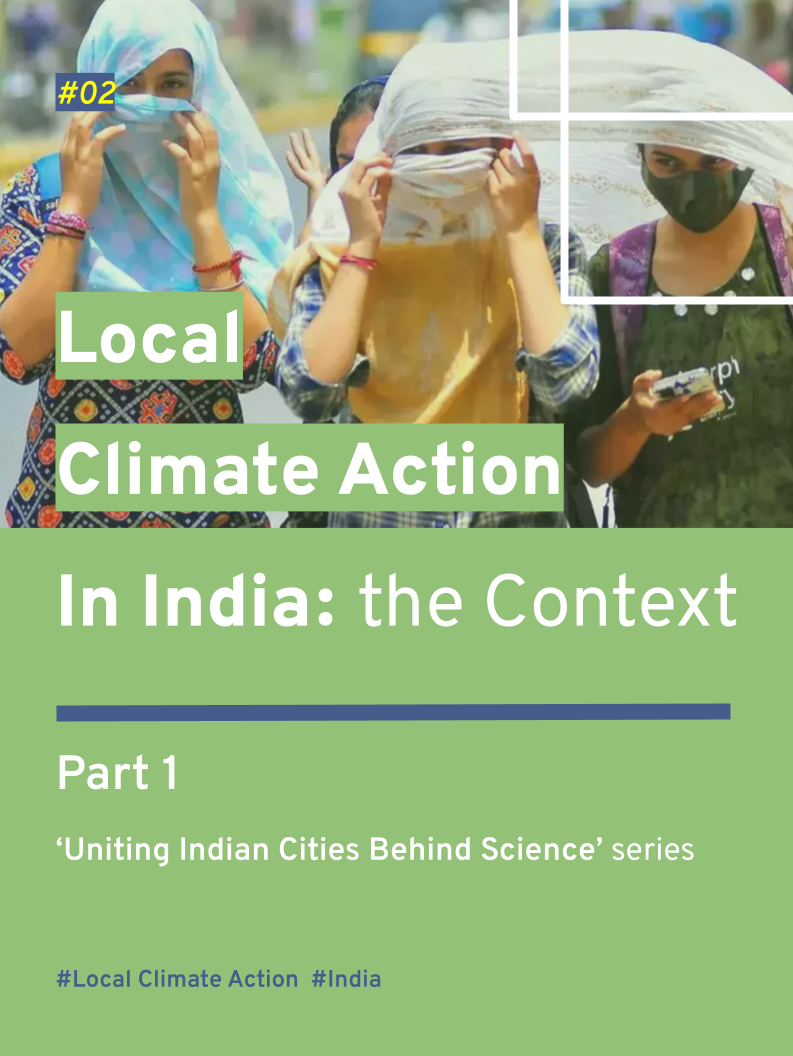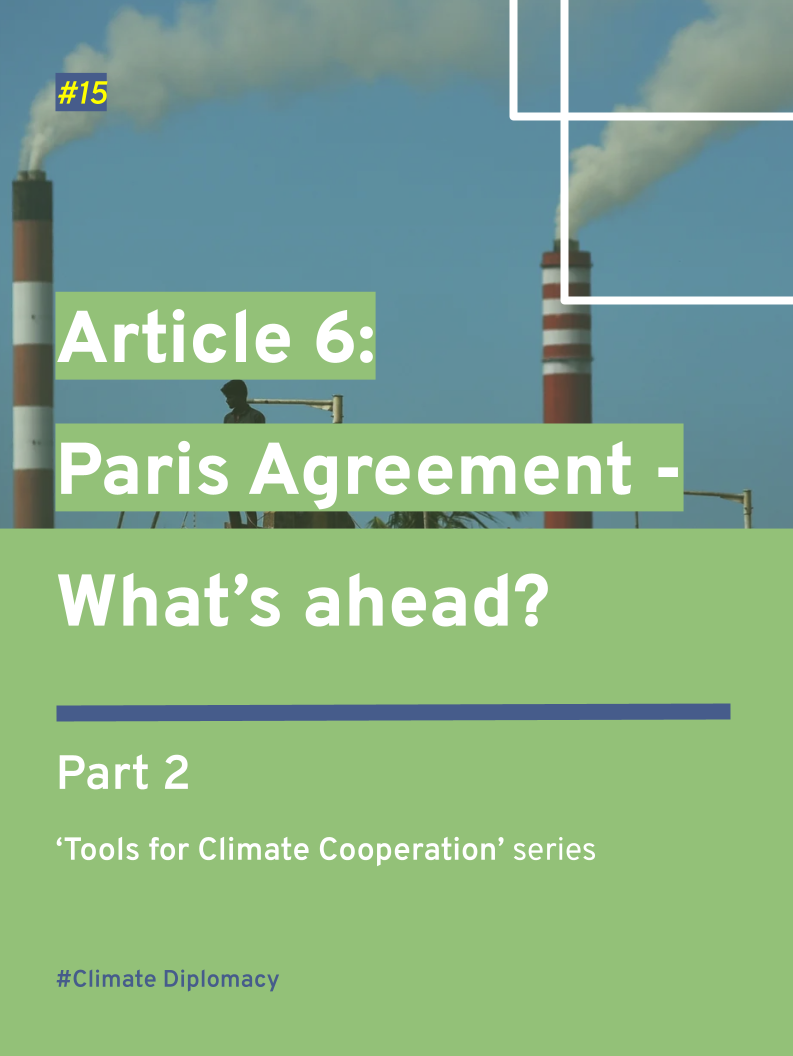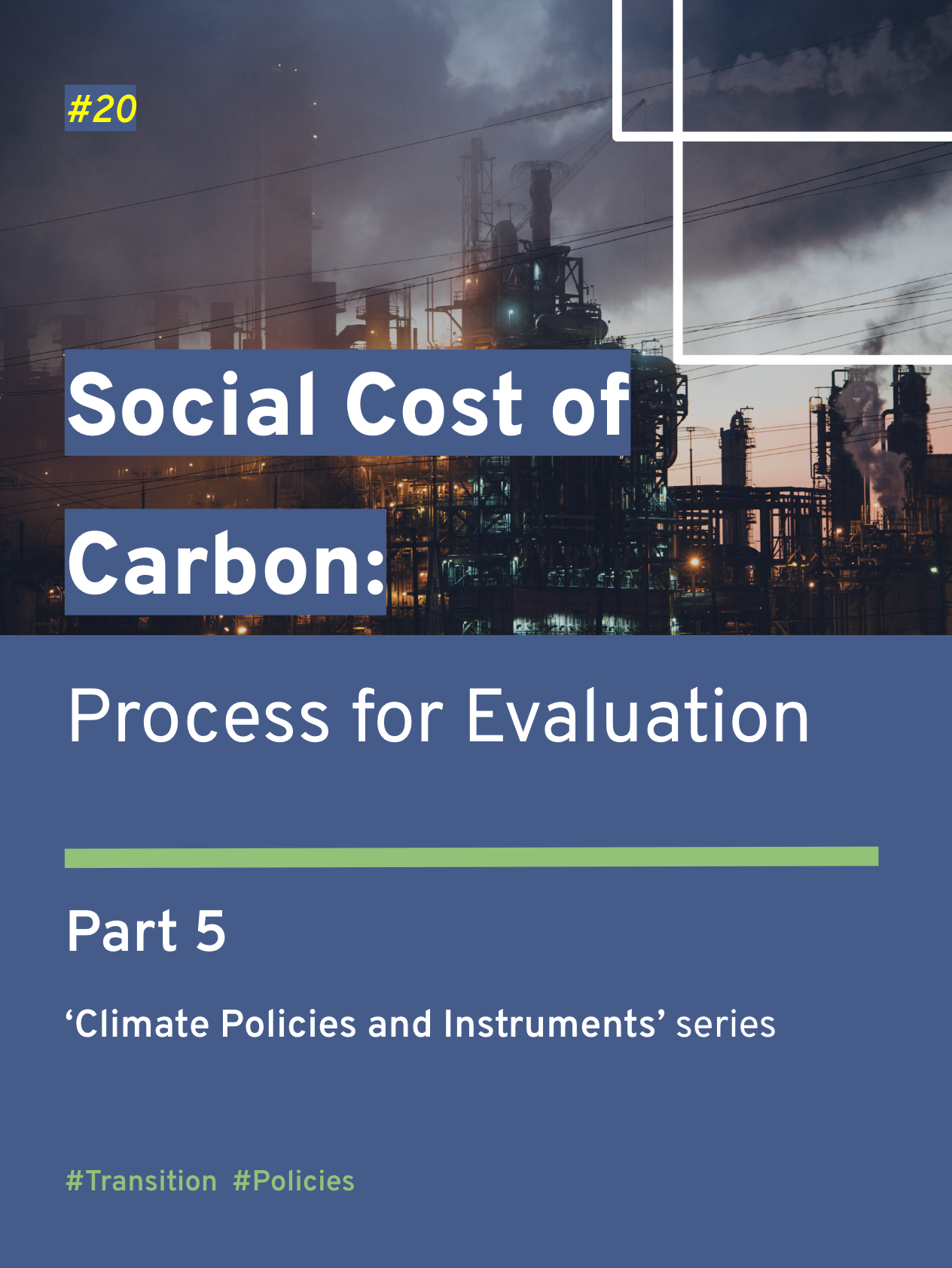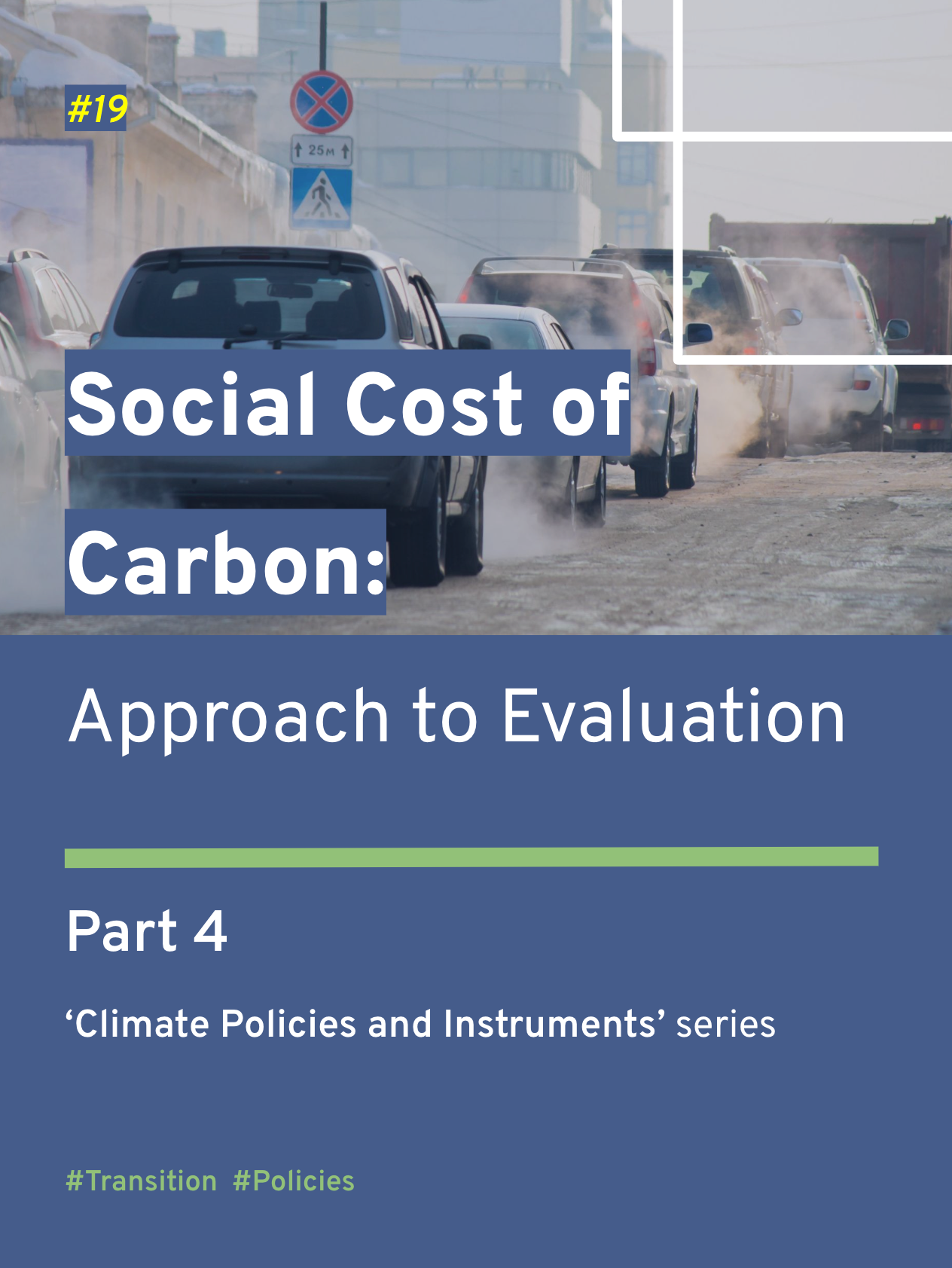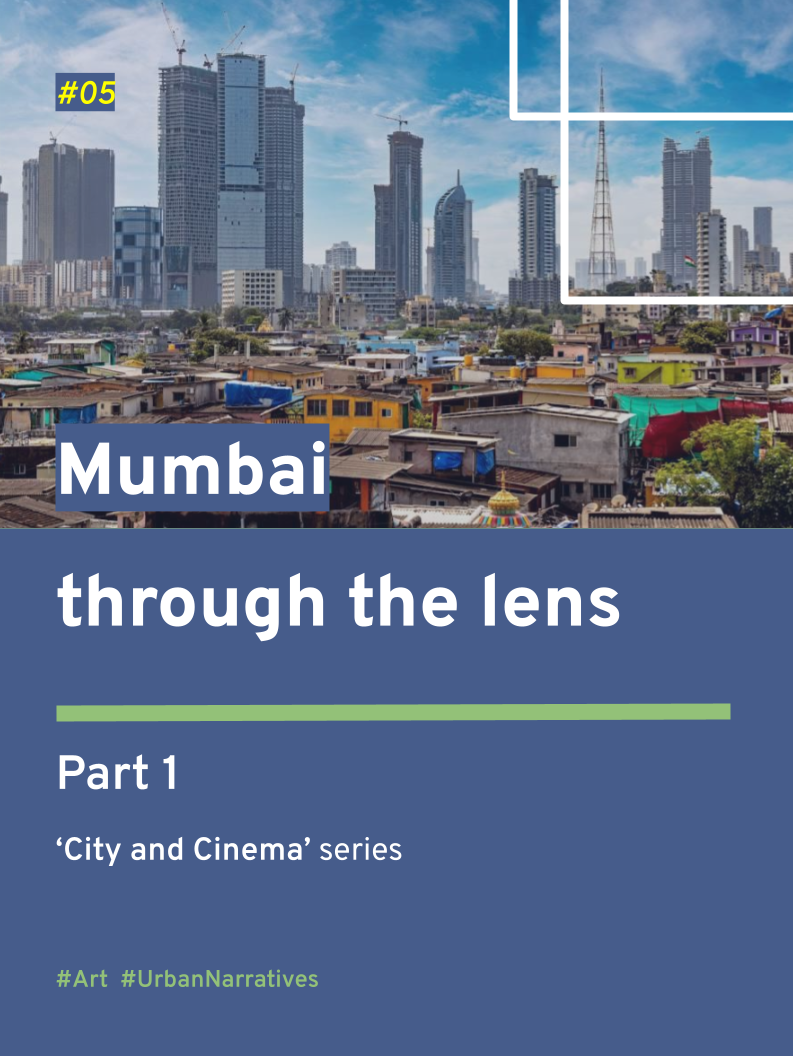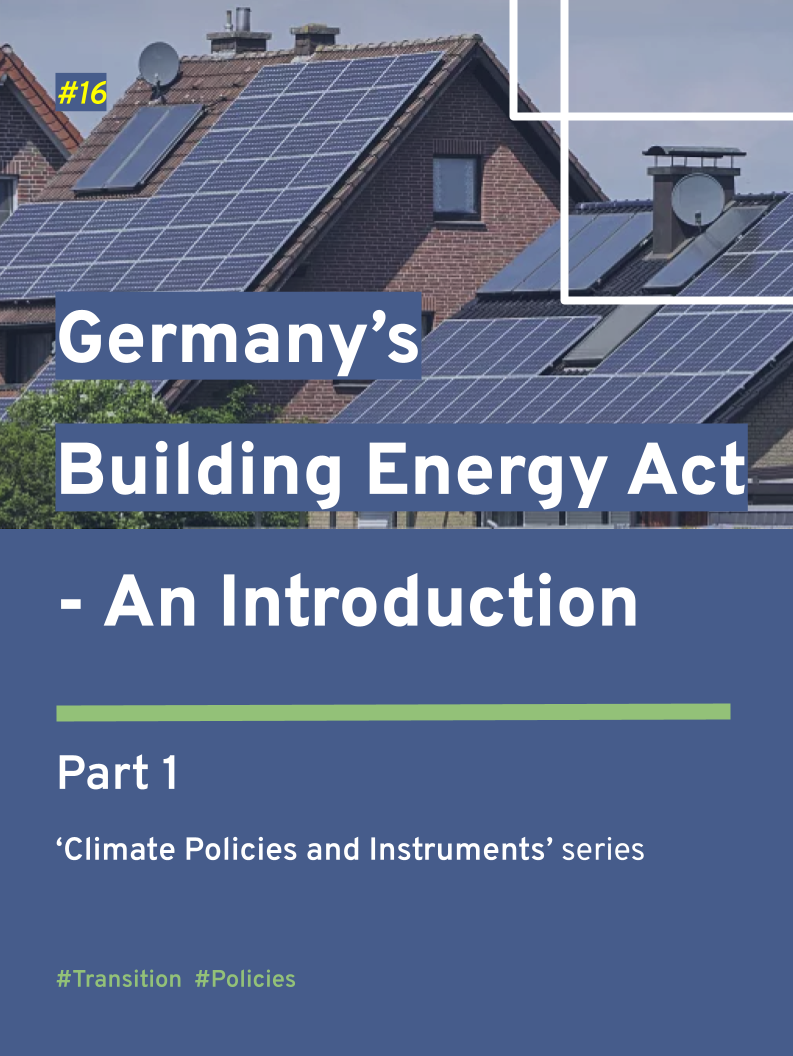To Climate-proof Urban Systems, Spaces, and Stories
Photo showing the temporary accessible pathway created in Chennai beach (Source: The Hindu)
“Disability only becomes a tragedy when society fails to provide the things we need to lead our lives—job opportunities or barrier-free buildings… It is not a tragedy to me that I'm living in a wheelchair,” said Judy Heumann, an American disability rights activist widely regarded as the "Mother of the Disability Rights Movement." Coming from a woman who used a wheelchair for more than fifty years, this suggests the severity of the impact that the lack of an accessible physical environment has on persons with disabilities (PwDs). With PwDs estimated to form nearly 16 percent (1.3 billion people) of the world's urban population, inaccessible urban social infrastructure is a key issue that needs attention.
Urban social infrastructure (USI) refers to ‘infrastructures of social care’ that offer health, education, employment, transport, entertainment, and other civic services and determine the quality of life. The absence of or inaccessibility of USI not only puts PwDs at a disproportionate disadvantage in running their everyday lives, but also multiplies their risk in the event of climate emergencies, including flash floods, cyclones, heat waves, and earthquakes, to get necessary evacuation and rehabilitation services.
The findings published by the Internal Displacement Monitoring Centre (IDMC), South Asia, present the state of inaccessible makeshift washrooms and bathing areas for PwD women in the relief camps of Cyclone Amphan, Bangladesh, and their fear of harassment. As the intensity and frequency of climate disasters are expected to increase and continue even if we achieve net zero by 2050 (due to long-horizon periods of greenhouse gases and complex climate feedback loops), both mainstream urban climate change adaptation (CCA) and specialised climate disaster relief (CDR) efforts should place ‘USI as levers for social inclusion and cohesion’ and shape them through the lived realities of PwDs instead of ‘dehumanised data’.
80 percent of PwDs live in low- and middle-income countries; about 200 billion sq m of additional floor space is projected to be built in Asia and Africa by 2050; and the global adaptation financing gap has increased to US$ 194-366 billion a year. This context presents the inevitable need to achieve inclusive design urgently and cost-effectively, especially in the Global South. Therefore, it is paramount that cities approach USI through the three-level Gender and Inclusion Framework (G&I) of the Infrastructure and Cities for Economic Development (ICED)—minimum compliance, empowerment, and transformation—to progressively enable inclusive and improved climate response and recovery in the near term and strengthen resilience in the long term for PwDs.
Further, to leave no one behind, we must include everything left behind. Though Judy Heumann explicitly said ‘barrier-free buildings’, can the issue be restricted only to buildings or spatial infrastructure? No, that would be a piecemeal approach. To drive and deliver an effective USI, I propose that design innovation is essential across institutional structures and policies (systems), built environment (spaces), and cultural communication (stories)—an ‘SSS framework’. A new thinking-and-doing model for ‘inclusive design’ that combines the G&I framework for answering ‘How to intervene?’ and the SSS framework for answering ‘Where to intervene?’ could place PwDs at the heart of city-making and climate resilience.
The table below illustrates recommendations for CCA and CDR to build and strengthen neighbourhood-level, disability-inclusive (DI) USI through the G&I and SSS frameworks.
City streets as spaces for everything including washing clothes and everyone including cows
In addition to inclusivity and accessibility, the quality of USI is measured by its abundance and diversity in terms of scale and typologies. Understanding disability as a non-homogenous identity could pave the way for thinking beyond ‘ramps and automatic doors’, embracing diversity as the foundational value, and creating surplus USI that leaves no one behind, even in times of climate crisis. Through this piece, I urge for an intersectional view of inclusive cities and communities, linking climate change adaptation (CCA), climate disaster relief (CDR), disability, and urban social infrastructure (USI). Such an intersection could place disability inclusion and innovation as the drivers for climate-proofing urban systems, spaces, and stories.
Though I have been using Systems-Spaces-Stories (SSS) as a framework for policy and design thinking for nearly three years, this is the first blog post explicitly showing its application. Future blogs will continue to build on this framework.
Have questions, thoughts, or feedback? Write to nagendran.bala.m@gmail.com.



